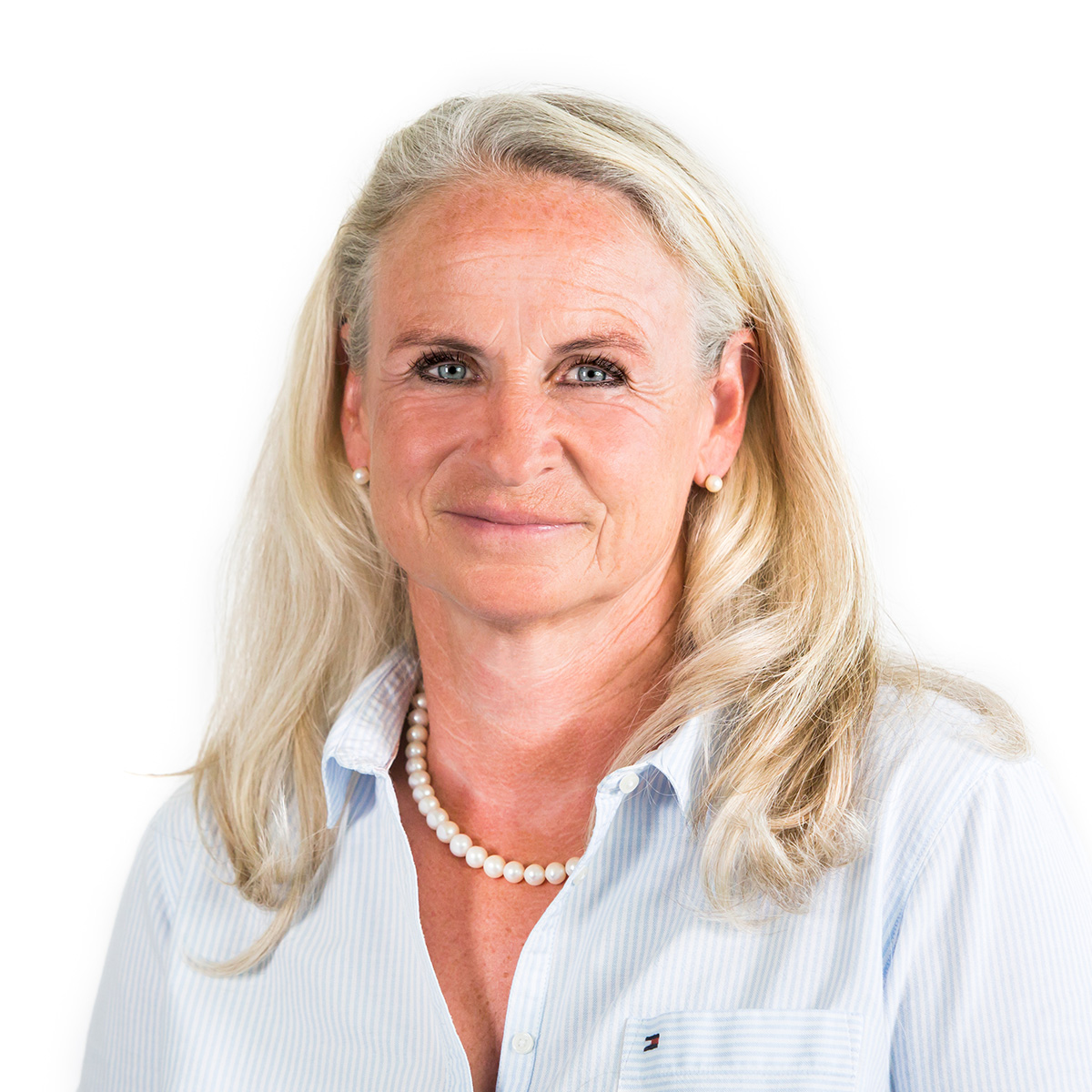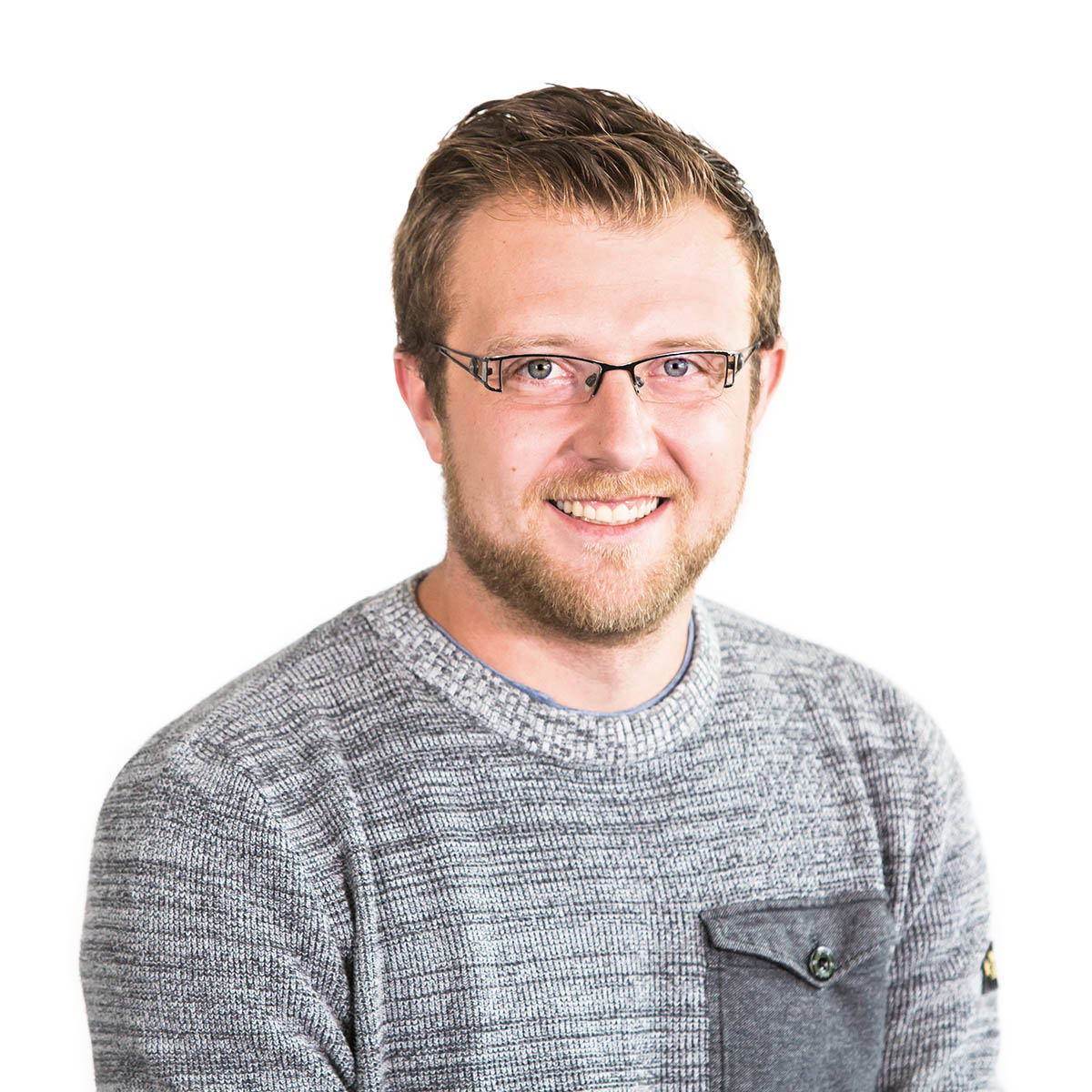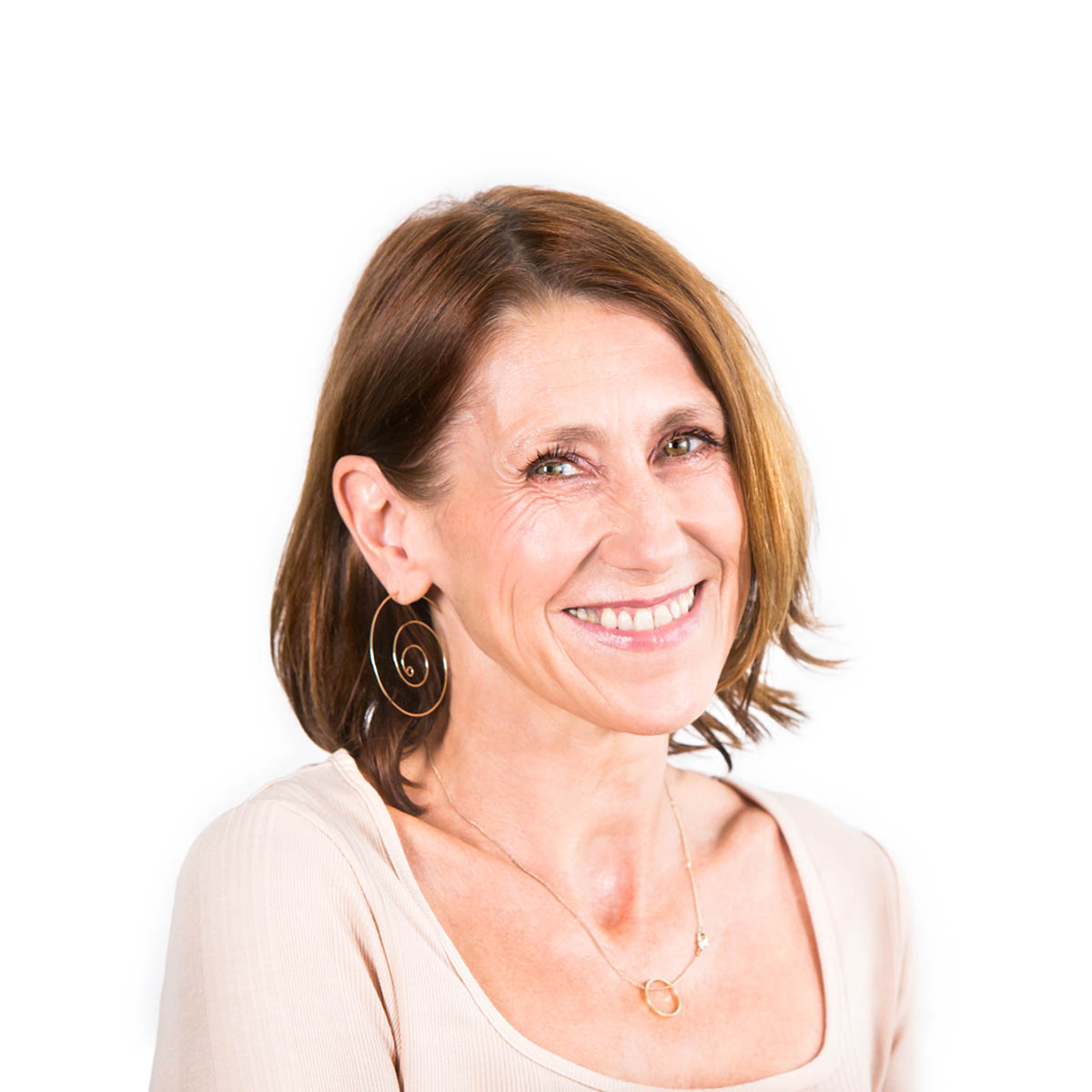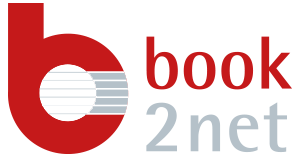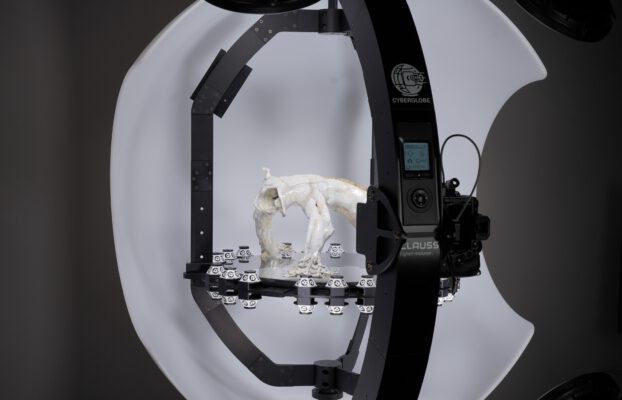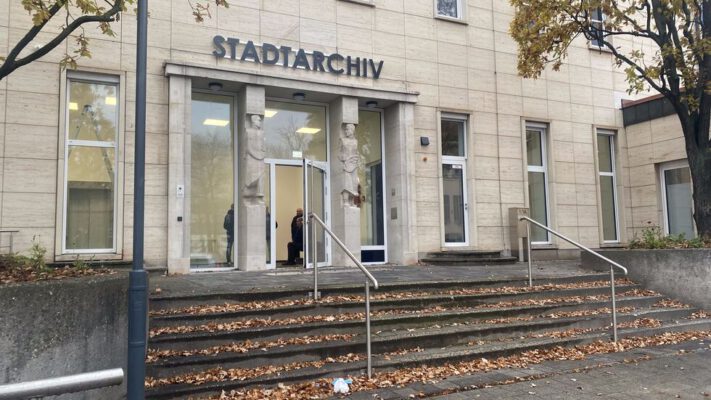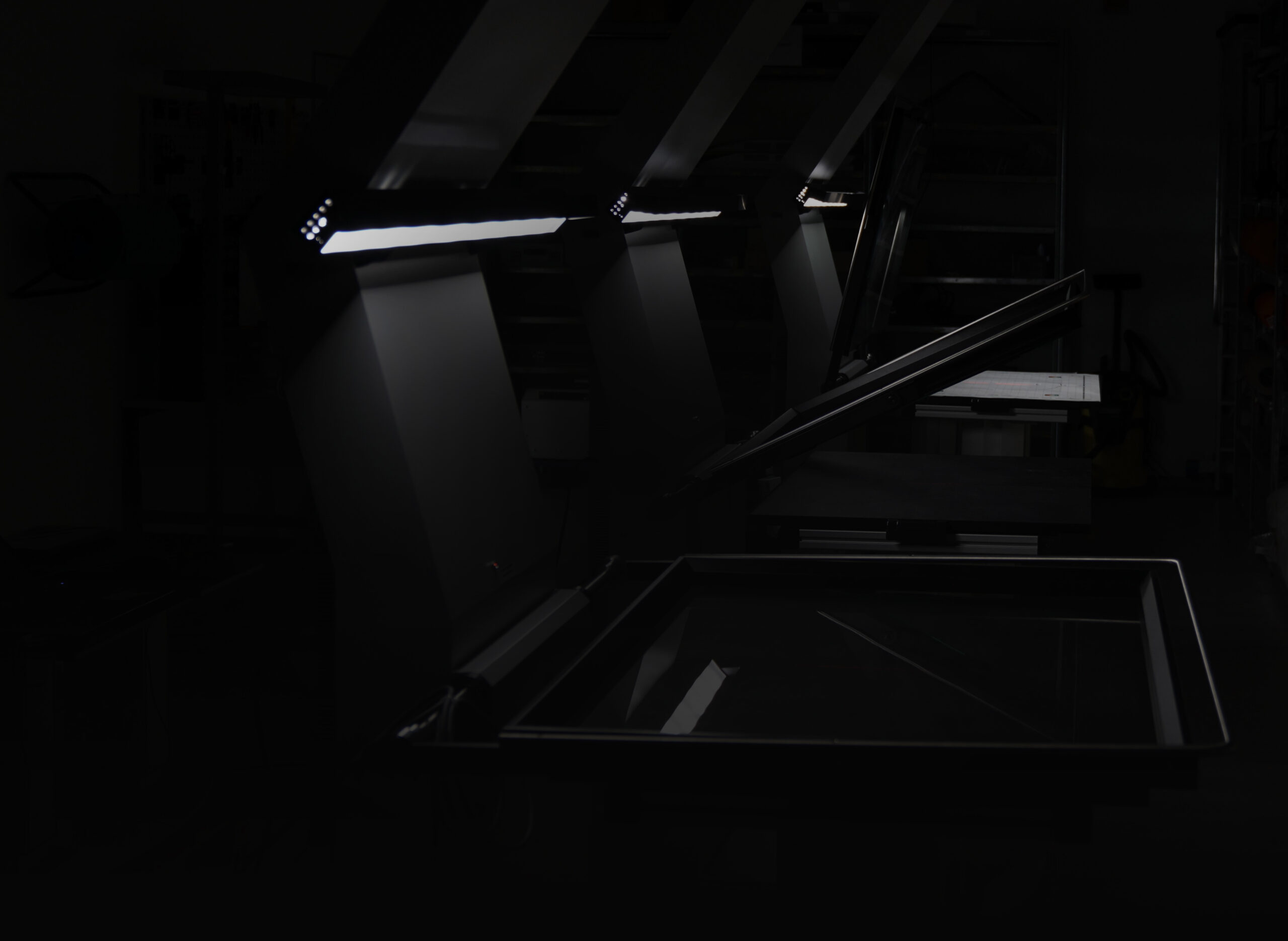

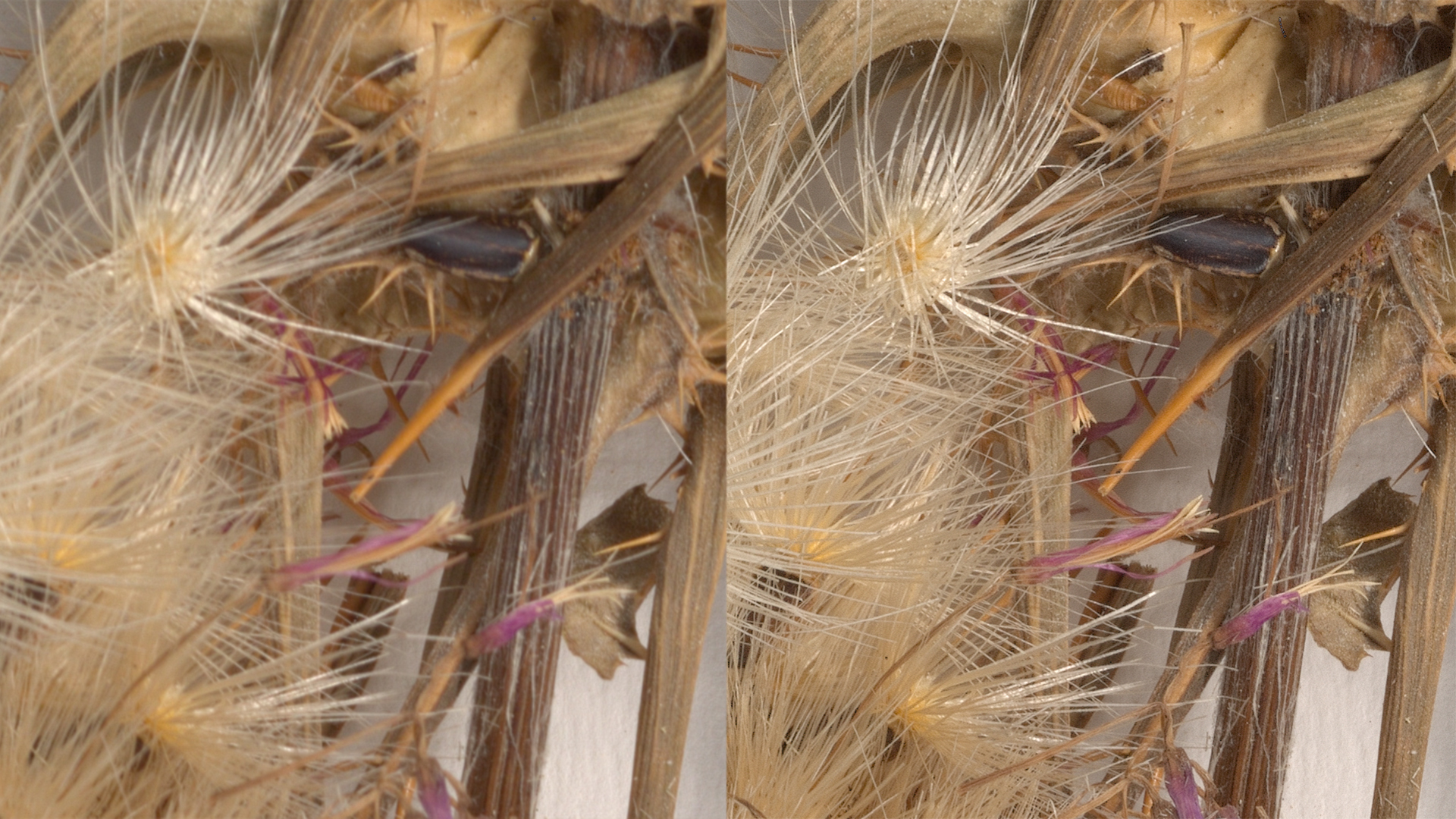
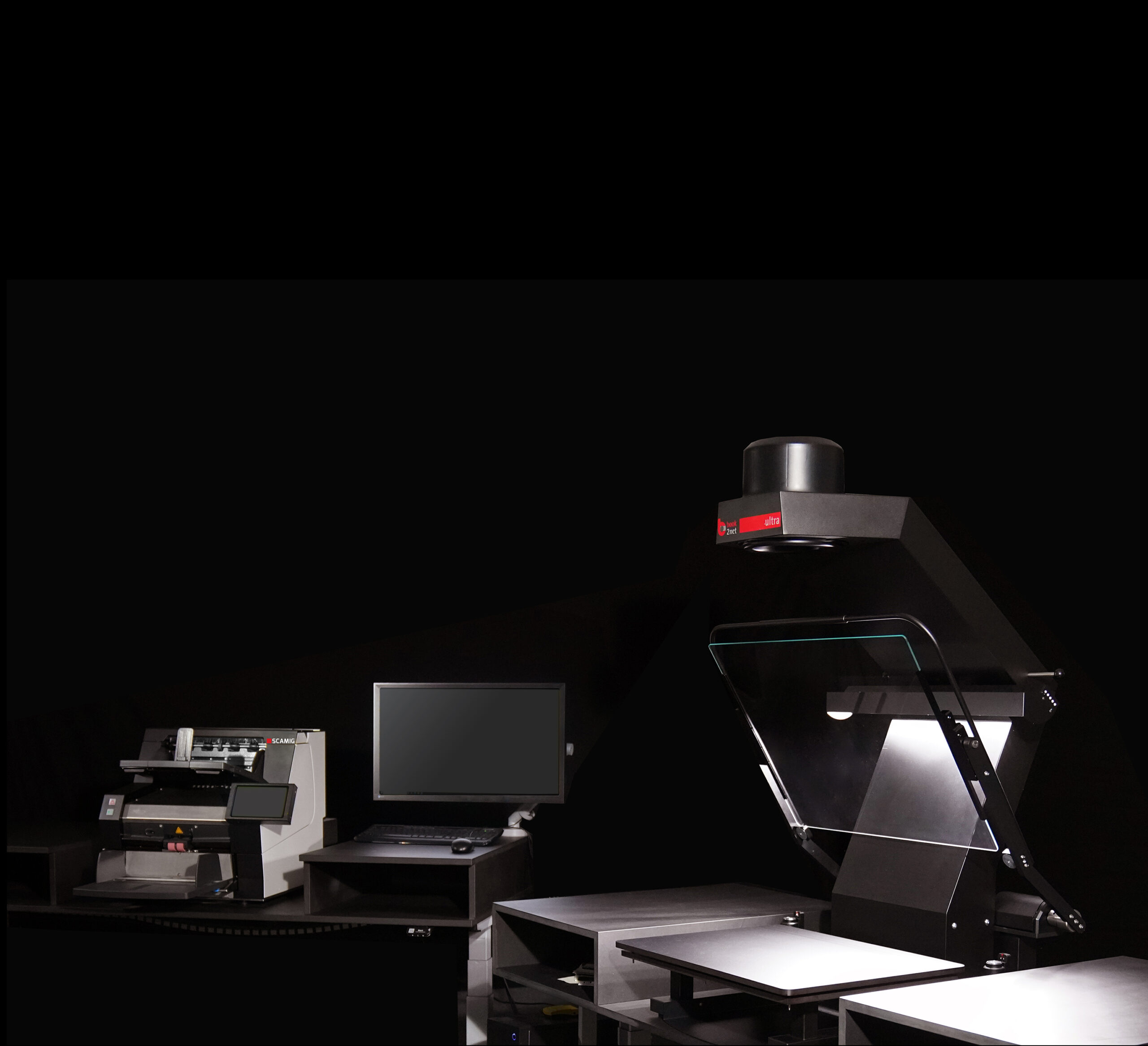
News
News
News
CYBERGLOBE Culture meets modern art – seizing opportunities, overcoming boundaries
Art wants to be viewed, admired and interpreted. The entirety of material, form, structure and [...]
User Reports
“We can make our cultural heritage available to people in its entirety”
SPAU GmbH, based in Münzenberg, has been working in the field of archaeology since 2015. [...]
Case Studies
Archive Pro and Flash in the Zwickau City Archive
The Zwickau City Archive is currently moving – as of April 2025. As they now [...]
News
MICROBOX in Vienna – many encounters, smart technology and an important motto
Vienna under the sign of democracy – more than 1000 people took part in the [...]
APPLICATIONS
APPLICATIONS
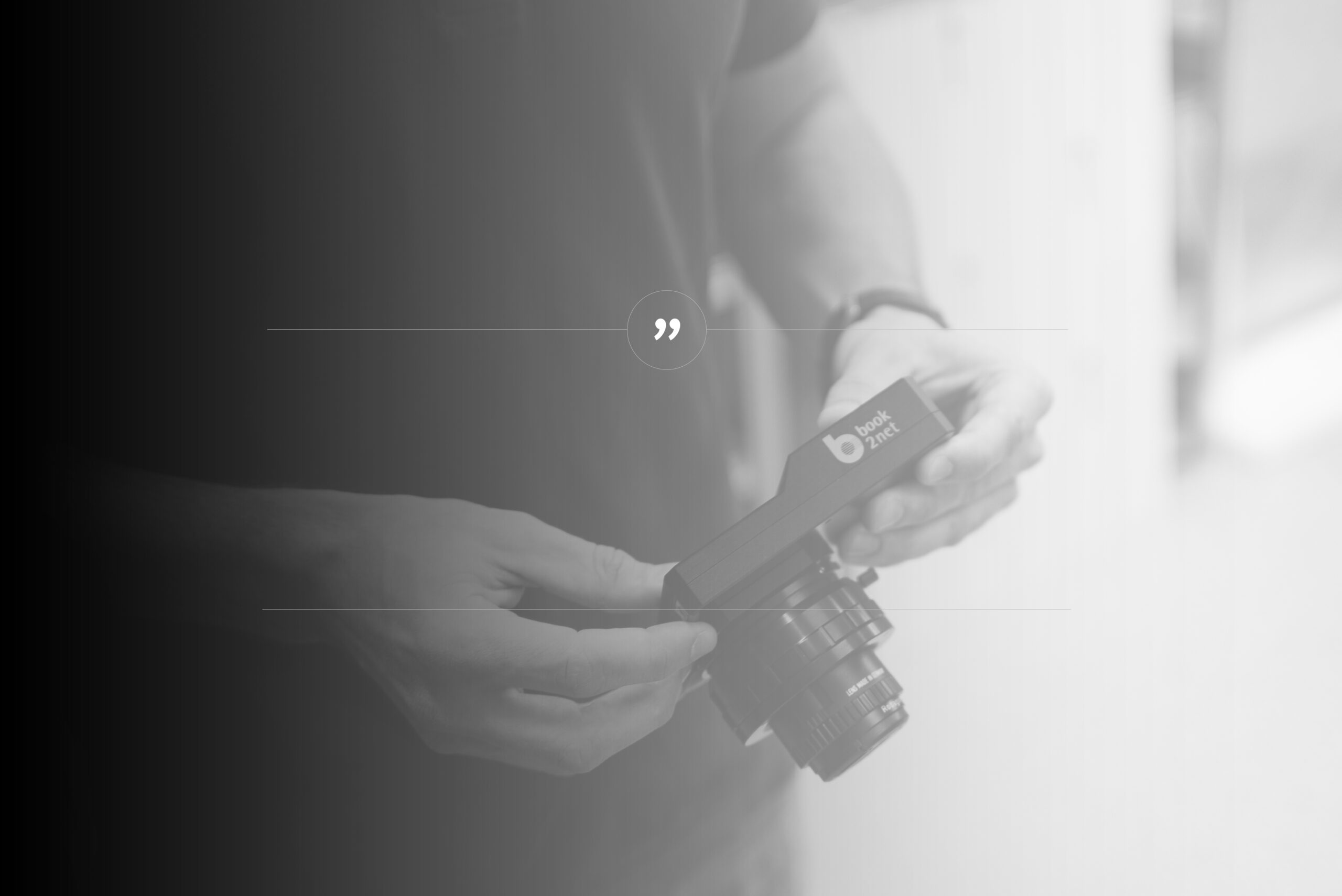
Jutta Keddies
Head of Restoration for Drawing, Graphics and Photography, Städel Museum Frankfurt am Main
“The camera has already become an indispensable tool in restoration practice in its first year of use in the workshop.”

“With the help of the scanner, detailed images of large-scale thin sections can be made quickly and checked in advance on a large screen.”
Dr. Peter Königshof
Historical Geology and Facies Studies Section, Senckenberg Natural History Museum, Frankfurt am Main

Dr. Johann Zilien
Hessian States Archives Wiesbaden
“Regarding the German Federal Safeguarding Project, I can look back on a very successful year, in which you and your company played a major role.”

Colum O’Riordan
CEO, Irish Architectural Archive
“We are delighted with the X71. The results are beyond our highest expectations.”

Kjetil Iversen
Head of Digital Library Development, National Library of Norway
“We are very satisfied with the picture quality. In addition, this scanner excels as productive for our largest newspaper formats.”

Martin Lund
Section leader, The National Newspaper Collection, State and University Library, Denmark
“The system not only allows us a particularly gentle treatment of these challenging originals but also enables us to achieve a high throughput even with fragile documents.”

Jonathan Martin
The Irish Newspaper Archives
“With the Flash A1 scanner, our scan productivity has increased by 75% over the existing large volume scanners we had in place.”
our contact persons
Enthusiasm for our work is what drives us and motivates us to think outside the box. Every day, our team is committed to find the best possible solutions to make even the most challenging digitization projects a success.
Whether in the development of hardware and software, in in-house production, in sales and personal consulting, or in customer service on site or online: Direct exchange with our customers is particularly important to us. We are therefore available for you in more than 10 languages.

